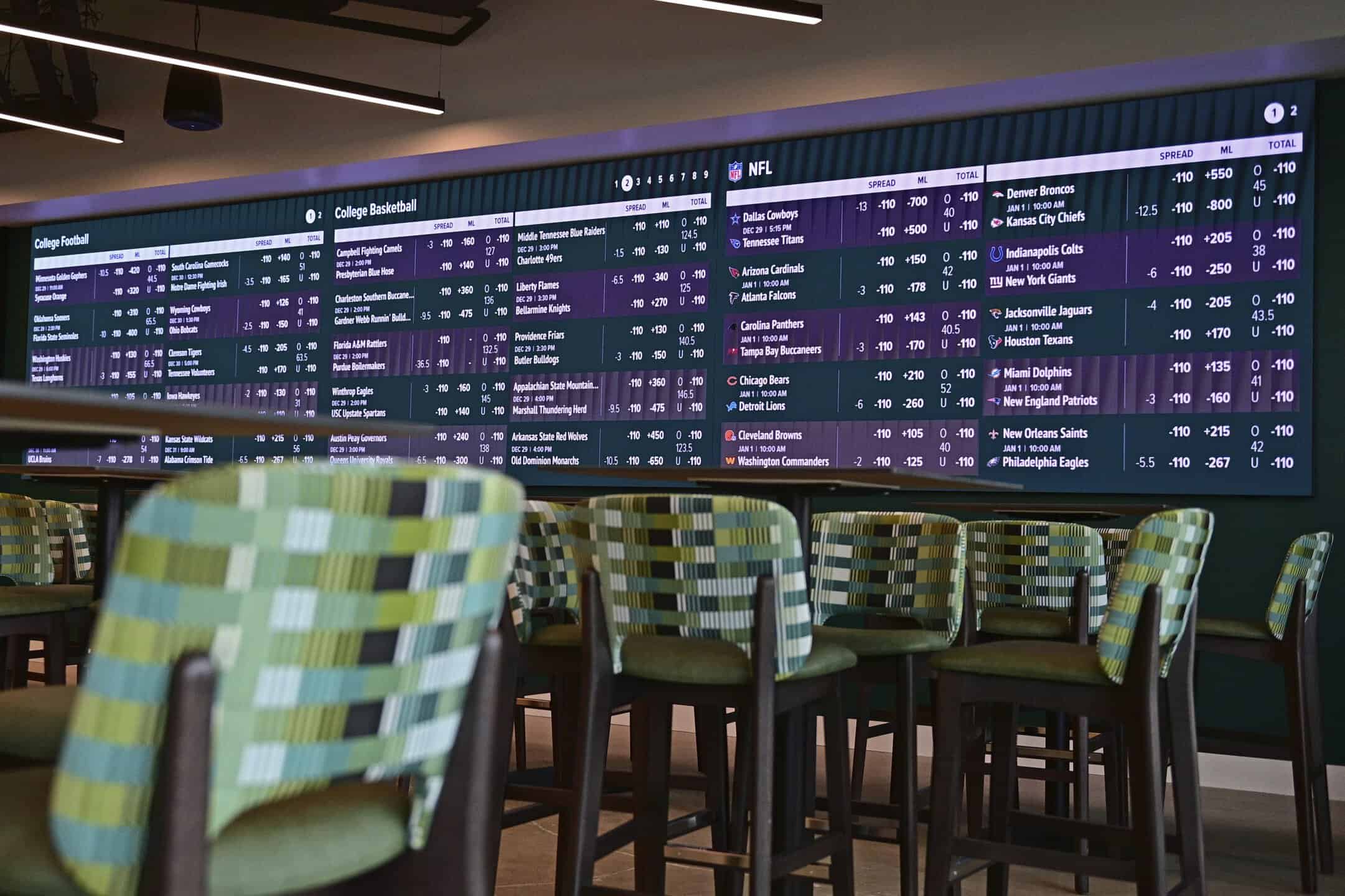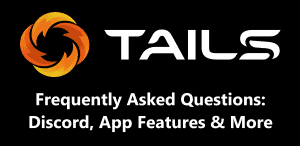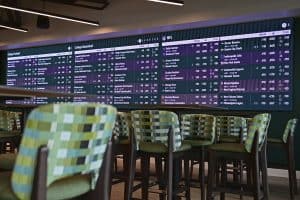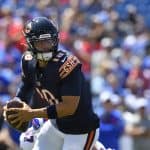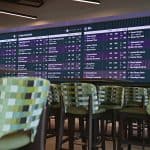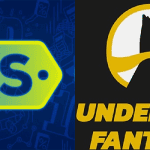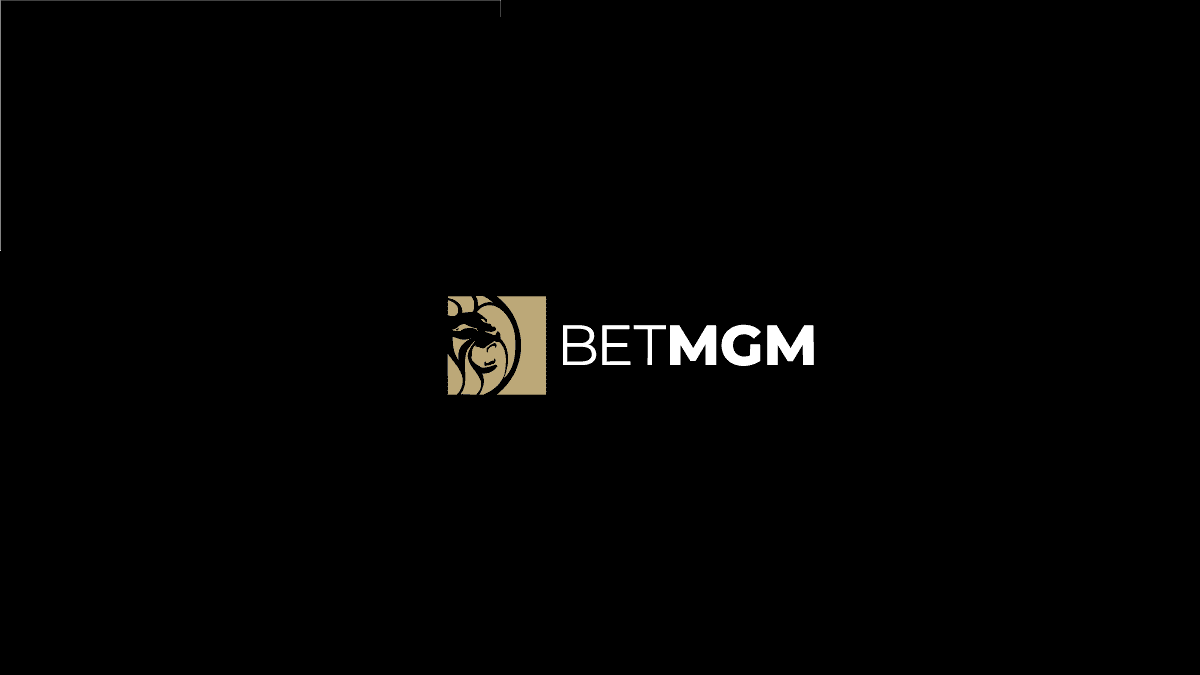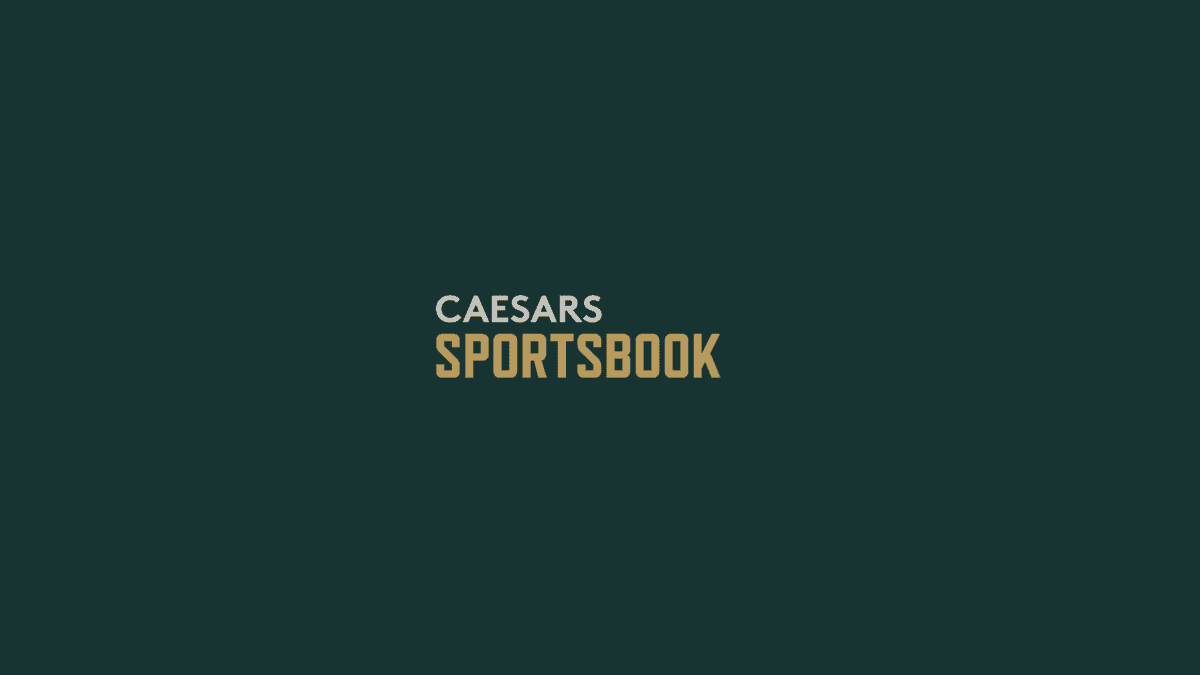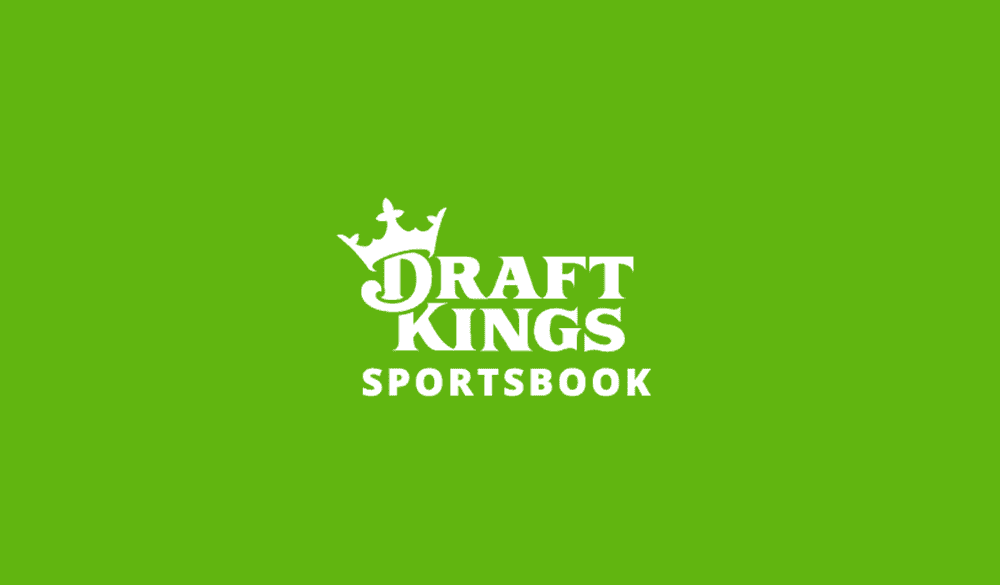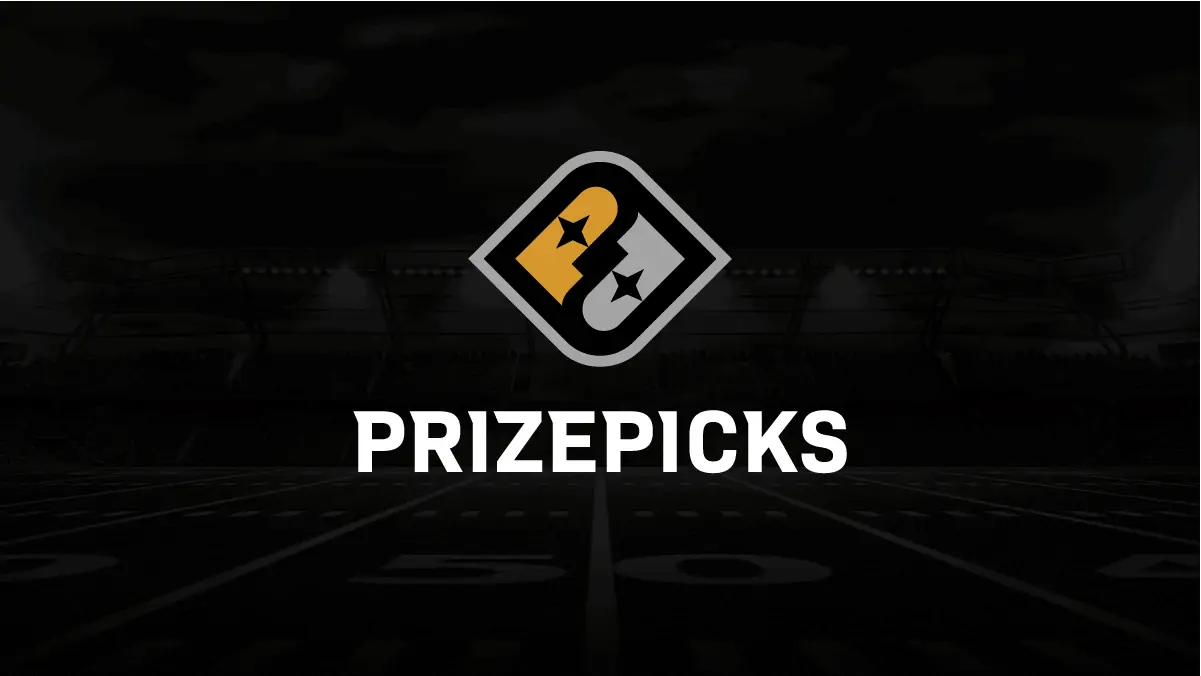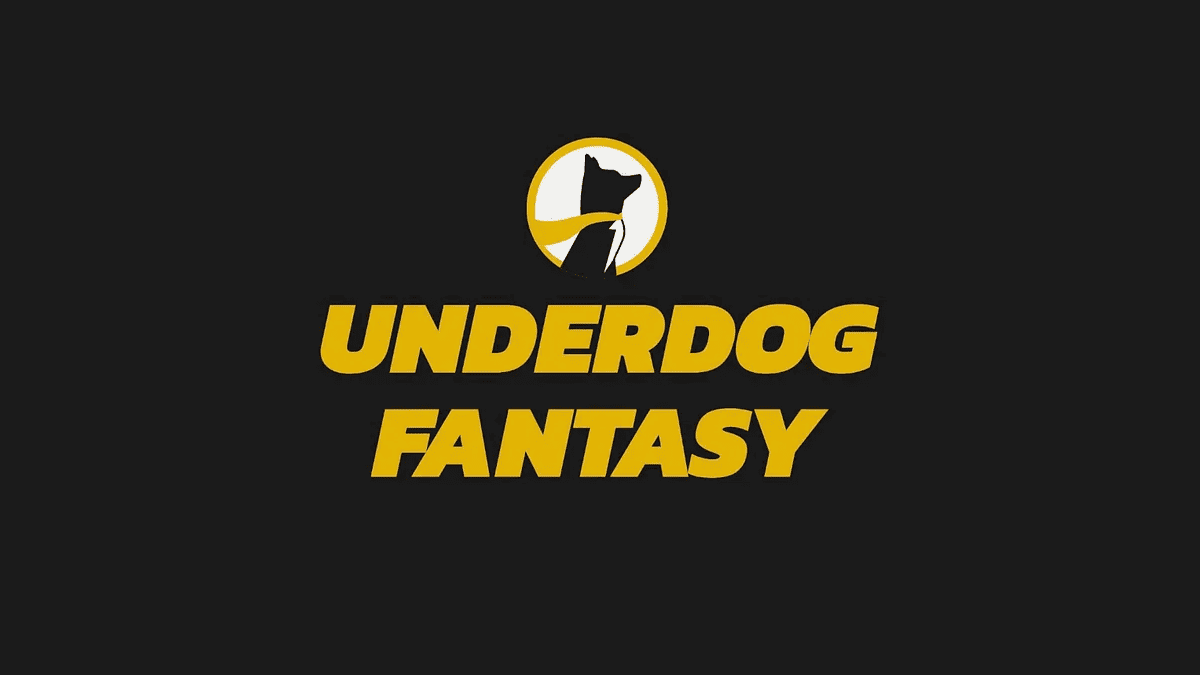When you first start betting on sports, the numbers can seem like a confusing tangle, but understanding odds and probability is crucial if you want to form a coherent sports betting strategy. It’s a bit like learning to read; once you can do it, a whole new world opens up. So, what are sports betting odds, and what is implied probability? Here, we’ll break down how understanding sports betting odds and how to convert them to probability are two of the most fundamental aspects of profitable sports betting.
What are Sports Betting Odds & Implied Probability?
What are American Odds? | Betting Odds Explained
In the United States, we use something called American odds as the convention. Odds can be either positive or negative, and they tell you how much you can win based on a $100 bet.
Positive odds (like +200) show how much profit you’d make on a $100 bet. For example, +200 means you’d make $200 profit on a $100 bet, totaling $300.
Negative odds (like -150) show how much you need to bet to make $100 profit. For example, -150 means you need to bet $150 to make $100 profit, totaling $250.
Converting American Odds to Implied Probability | Betting Odds Explained
The real magic happens when you convert these odds to implied probabilities. This is where you start to see the game behind the game. Here’s how you can do it:
For Positive Odds (+200):
Probability = 100 / (100 + Odds) = 100 / (100 + 200) = 100 / 300 ≈ 0.333 or 33.3%
For Negative Odds (-150):
Probability = Odds / (Odds + 100) = 150 / (150 + 100) = 150 / 250 = 0.6 or 60%
Understanding these conversions is key because it lets you see what the odds are really telling you. If you believe the true probability of an event is higher than what the odds imply, you’ve found a value bet.
Why Probability Matters | Betting Odds Explained
Sports betting is about finding edges. Bookmakers set their odds based on their assessment of probabilities, but they also build in a margin for themselves. This means the odds aren’t just a pure reflection of probabilities; they’re slightly skewed in favor of the bookmaker.
Your job as a bettor is to look at these odds and say, “I think the true probability of this event is higher than what these odds suggest.” This is where converting odds to probabilities becomes powerful. It’s your way of seeing through the bookmaker’s margin to find value.

Conclusion
Mastering odds and probability is your first step into the deeper game of sports betting. It’s not about guessing who’s going to win; it’s about understanding the numbers behind the bets and finding where the probabilities are in your favor.
Just like in any startup, seeing things clearly and understanding the underlying mechanics can give you a significant edge. So take the time to get comfortable with these concepts. They are the foundation upon which all your future success will be built.
